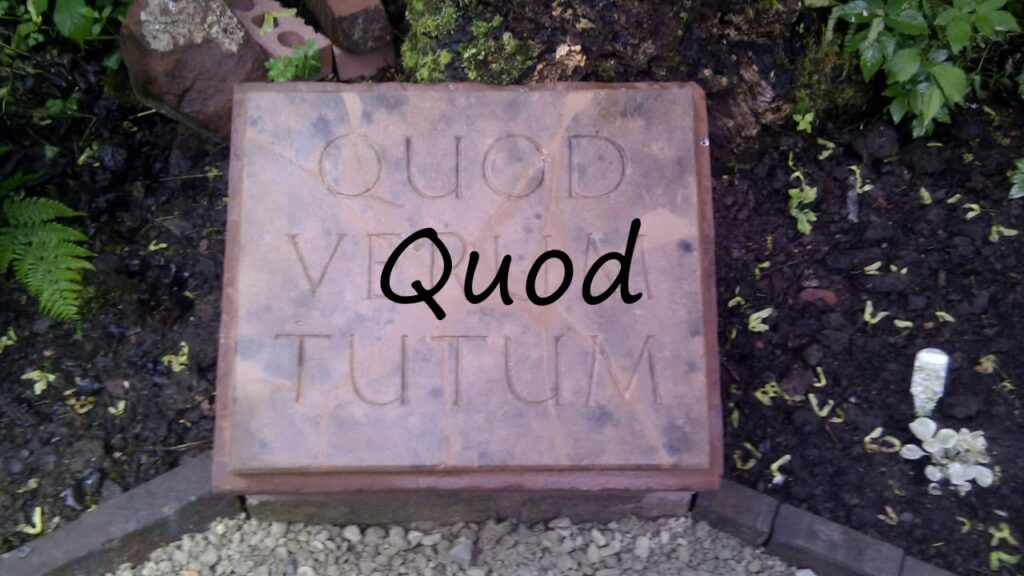The Q.D.C.English Abbreviation is one that may not be familiar to everyone, yet it holds significance in various contexts. Understanding this abbreviation can enhance your communication skills, especially in professional or academic settings. In this article, we will explore what the Q.D.C. English abbreviation stands for, its applications, and how it can be effectively used in writing.
What Does Q.D.C. Stand For?
The Q.D.C. English abbreviation primarily stands for “quod depone,” which is derived from Latin. This phrase translates to “what you say” in English. While it might not be a widely used abbreviation, it appears in specific fields, particularly in legal, academic, and technical writing. Understanding the context in which Q.D.C. is used is crucial for effective communication.
Importance of the Q.D.C.English Abbreviation
The use of the Q.D.C. English abbreviation is often about clarity and precision. In fields where exact meanings are essential, using abbreviations like Q.D.C. can save space and convey complex ideas succinctly. For example, legal documents or academic papers often incorporate such abbreviations to maintain a formal tone while ensuring that the information is conveyed efficiently.
Raed Also: q.d.c.english abbreviation
Common Contexts for Q.D.C. English Abbreviation
The Q.D.C. English abbreviation can be found in various contexts. Below, we explore some of these areas where this abbreviation might be relevant.
1. Legal Documentation
In legal documentation, clarity and brevity are crucial. The Q.D.C. English abbreviation serves as a shorthand that can streamline legal arguments or references. For instance, a lawyer might use Q.D.C. when summarizing a statement made during a deposition, allowing them to refer back to that statement without repeating it in full.
2. Academic Writing
In academic settings, the Q.D.C. English abbreviation can be useful for citing sources or referencing theories without overloading the text with lengthy explanations. For example, when discussing a concept, a scholar might include Q.D.C. to refer to a previously defined idea, thus improving the flow of the paper.
3. Technical Communication
In technical fields, abbreviations like Q.D.C. help professionals communicate complex information more efficiently. Engineers or IT professionals may use this abbreviation in reports or manuals to refer to specific processes or definitions, making their documentation clearer and more concise.
How to Use the Q.D.C. English Abbreviation
Using the Q.D.C. English abbreviation correctly is essential for effective communication. Here are some guidelines on how to incorporate it into your writing:
1. Define the Abbreviation
When first using the Q.D.C. English abbreviation in a document, it is essential to define it. This ensures that readers who may not be familiar with the term understand its meaning. For example, you might write, “In legal contexts, the Q.D.C. (quod depone) abbreviation refers to…”
2. Use in Relevant Contexts
Incorporate the Q.D.C. English abbreviation in contexts where it adds value. Whether in legal, academic, or technical writing, ensure that its usage is appropriate and enhances clarity. Avoid using it in casual communication, where more straightforward language may be more effective.
3. Maintain Consistency
Once you introduce the Q.D.C. English abbreviation, use it consistently throughout the document. This reinforces its meaning and helps maintain a professional tone.
Raed Also: q.d.c.english abbreviation
Related Abbreviations and Terms

Understanding the Q.D.C. English abbreviation also involves recognizing related abbreviations that serve similar functions. Here are a few:
1. Q.E.D. (Quod Erat Demonstrandum)
Another Latin abbreviation, Q.E.D., translates to “which was to be demonstrated.” It is often used at the end of mathematical proofs or philosophical arguments to signify that the conclusion follows logically from the premises.
2. E.G. (Exempli Gratia)
The abbreviation E.G. means “for example” and is used to introduce examples or illustrations of a point being made.
3. I.E. (Id Est)
The abbreviation I.E. means “that is” and is used to clarify or specify a statement further.
Frequently Asked Questions (FAQs)
Q1: What does the Q.D.C. English abbreviation stand for?
The Q.D.C. English abbreviation stands for “quod depone,” which translates to “what you say” in English.
Q2: In which contexts is the Q.D.C. abbreviation commonly used?
The Q.D.C. abbreviation is commonly used in legal documentation, academic writing, and technical communication.
Q3: How should I introduce the Q.D.C. abbreviation in my writing?
When first using the Q.D.C. abbreviation, define it clearly. For example, “In legal contexts, Q.D.C. (quod depone) refers to…”
Q4: Are there other similar abbreviations to Q.D.C.?
Yes, similar abbreviations include Q.E.D. (quod erat demonstrandum), E.G. (exempli gratia), and I.E. (id est).
Q5: Is the Q.D.C. English abbreviation widely recognized?
The Q.D.C. abbreviation is not as widely recognized as some other abbreviations, but it is important in specific contexts, especially in legal and academic writing.
Conclusion
In summary, the Q.D.C. English abbreviation holds significance in legal, academic, and technical contexts. Understanding its meaning and appropriate usage can enhance your writing and communication skills. By incorporating this abbreviation thoughtfully, you can convey complex ideas more clearly and effectively. Whether you’re drafting a legal document, writing an academic paper, or creating technical manuals, knowing how to use the Q.D.C. English abbreviation can be a valuable asset in your professional toolkit.



